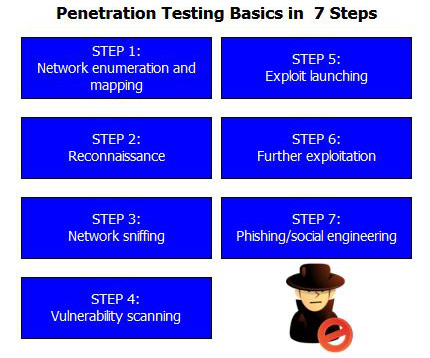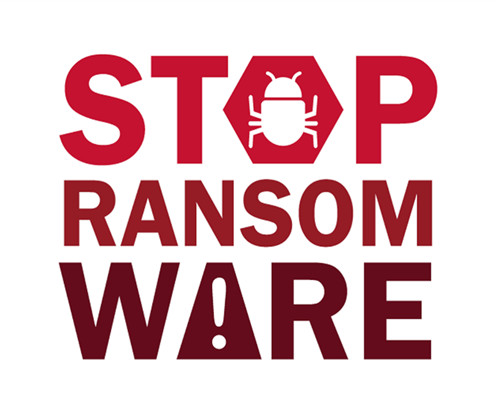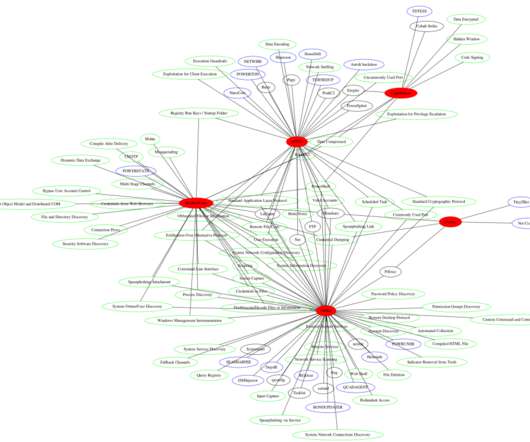7 Types of Penetration Testing: Guide to Pentest Methods & Types
eSecurity Planet
JUNE 28, 2023
Penetration tests are vital components of vulnerability management programs. In these tests, white hat hackers try to find and exploit vulnerabilities in your systems to help you stay one step ahead of cyberattackers. Here we’ll discuss penetration testing types, methods, and determining which tests to run.




















Let's personalize your content